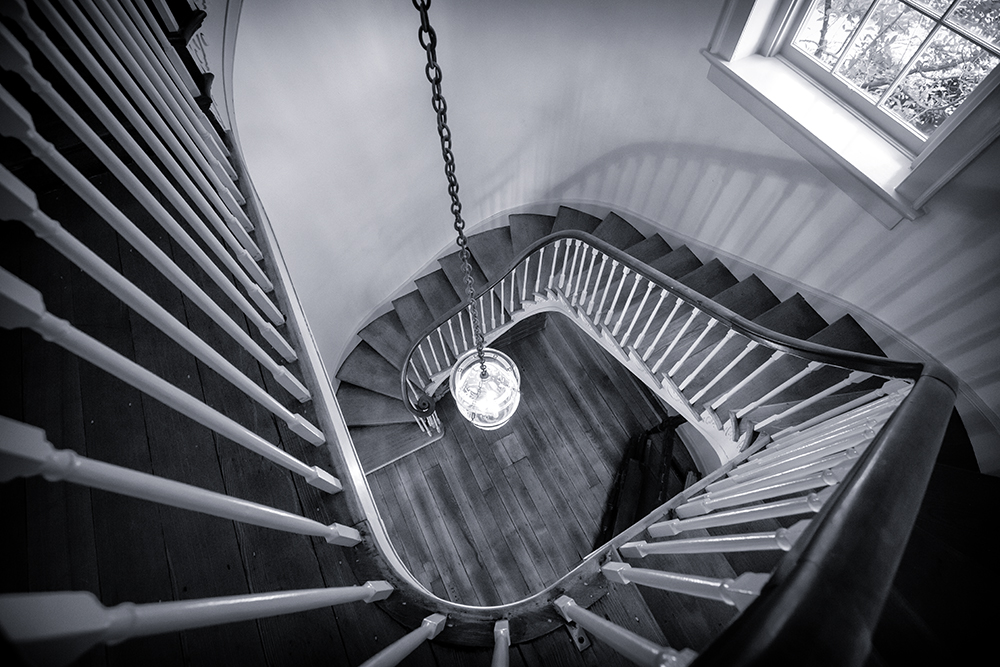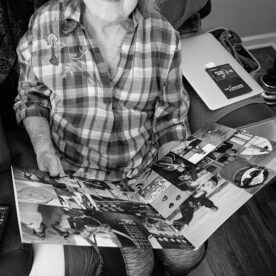“I always have a comfortable feeling that nothing is impossible if one applies a certain amount of energy in the right direction.” ~ Nellie Bly

I had never been inside Hopemont before Thursday. This is a photo of the main stairs in the front of the house. I had gone up to stow away my gear and discovered they had a serious lean inward. If you suffer from vertigo or you’re drunk, these are not the stairs for you. You will fall. I nearly did and I wasn’t drunk or suffering vertigo. Anyway, also known as the Hunt-Morgan House, Hopemont was built in 1814 by Kentucky’s first millionaire, John Wesley Hunt. He was a successful merchant from New Jersey who moved to Lexington just after statehood, making much of his money off the labor of enslaved people. He traded in horses and humans, and the personal slaves he owned for his other business pursuits filled his coffers to overflowing. His Federal Style house was the impetus for forming the Blue Grass Trust for Historic Preservation in 1955 when it was on the chopping block. Earlier this year, the BGT moved their offices into the house’s second story and where the BGT Founder’s Day event was held, which allowed me to step inside and see this impressive staircase. Hunt’s family line sired other famous people such as General John Hunt Morgan of Confederate Morgan’s Raiders infamy and Dr. Thomas Hunt Morgan, the first Nobel Prize winner from Kentucky, whose house sits behind Hopemont facing Broadway and now houses some of the BGT events and the Lexington History Museum. Most notably, from Confederate Gen. John Hunt Morgan, came his grandson, African-American inventor Garrett Morgan. You read that right. The man who fought to save the legal enslavement of black human beings fathered at least one of his slaves, Sydney, who then fathered Garrett Morgan after the Civil War. The fact that he was mixed-race should be no surprise if you understand American history. Garrett Morgan invented everything from the traffic light to the earliest gas masks that saved many during World War One and is sometimes called the “Black Edision,” because of his many patents and inventions. The history of the lives of those attached to this house is massive by any measure, but I still don’t advise using those stairs, even if you’re sober as a judge. The house is in great shape otherwise.


Leave a Reply